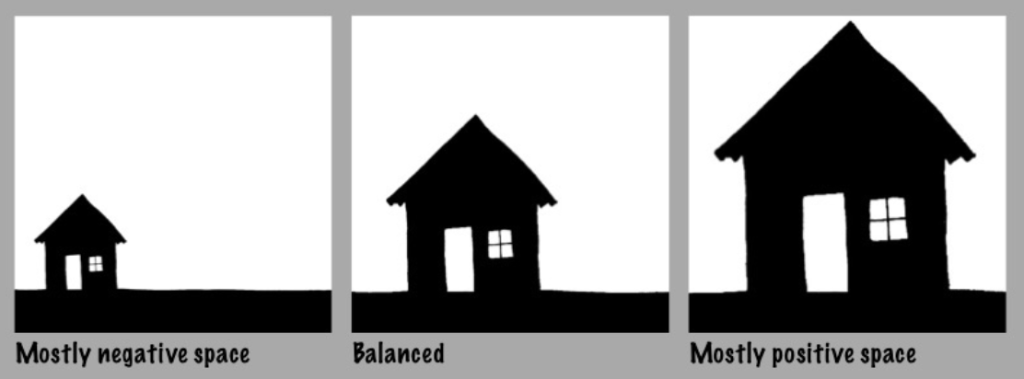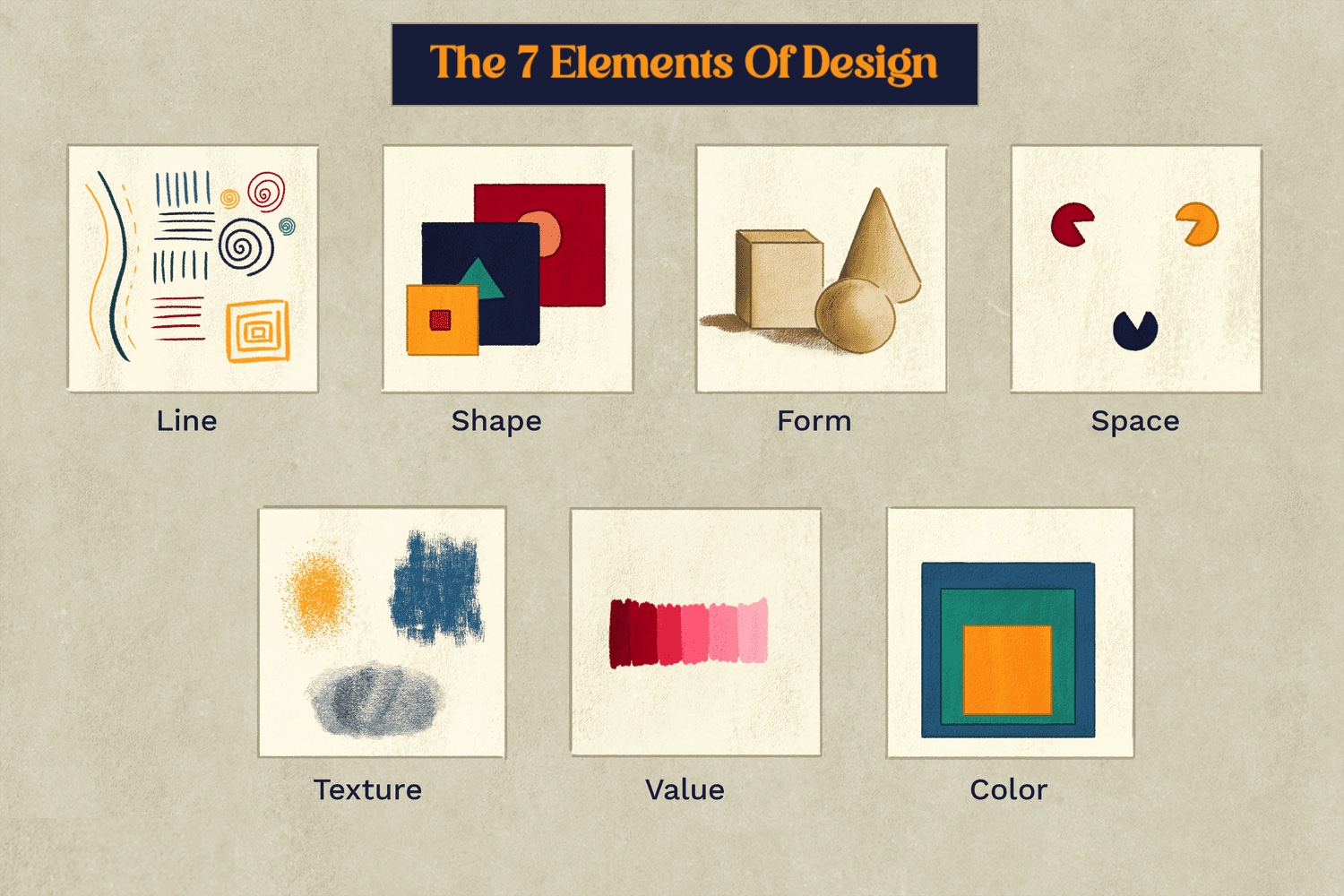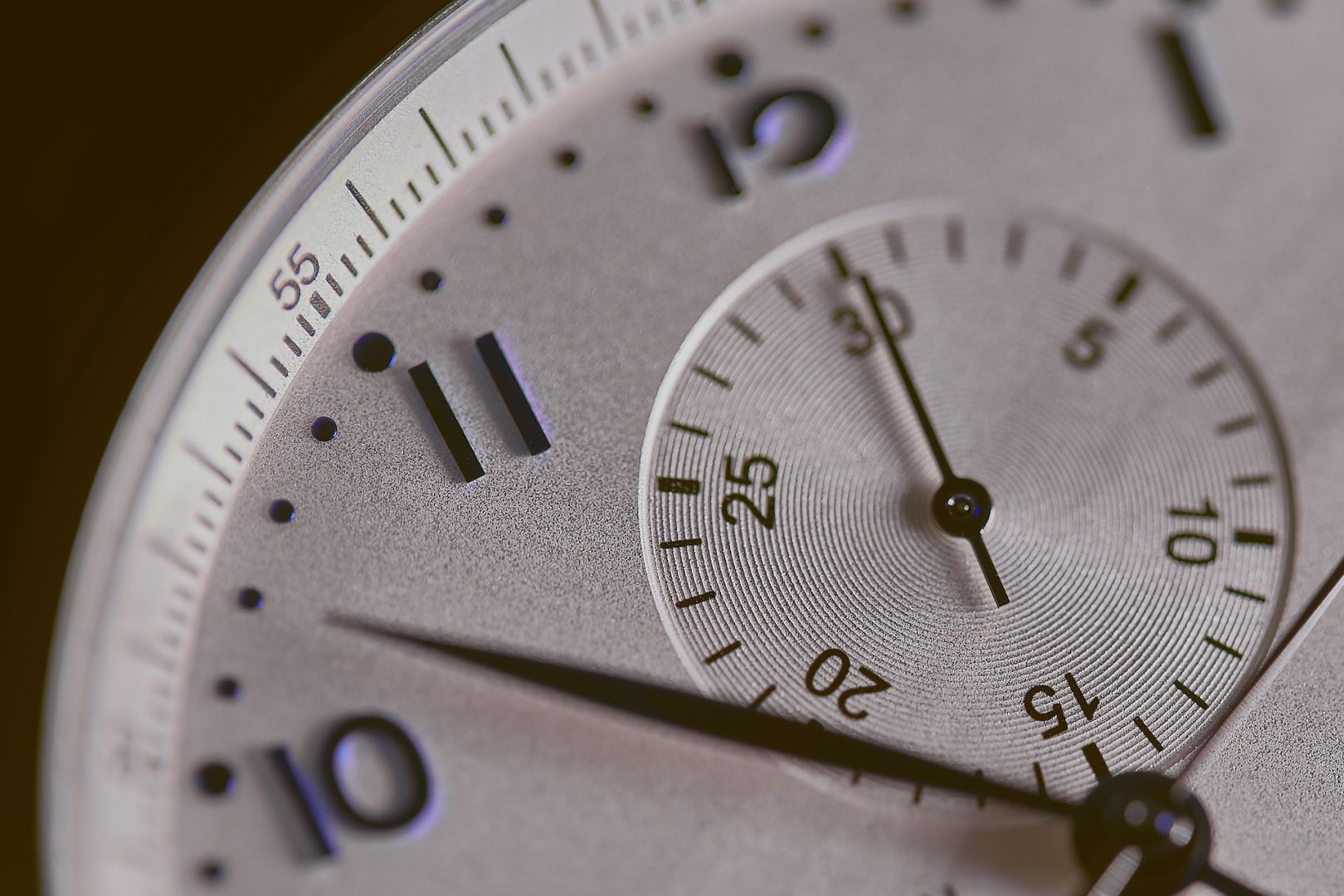Understanding the 7 Elements of Design
So, you’re diving into the world of design, and you’ve heard about these seven mysterious elements. Well, consider this your backstage pass to understanding what they’re all about. These 7 Elements of Design are the unsung heroes behind every stunning design. They work together like a dream team to create a visual message that has […]
Oct 13, 2023






So, you’re diving into the world of design, and you’ve heard about these seven mysterious elements. Well, consider this your backstage pass to understanding what they’re all about. These 7 Elements of Design are the unsung heroes behind every stunning design. They work together like a dream team to create a visual message that has a major impact on how people see your brand. It’s like the secret sauce for design success. Let’s break them down, so you can master the art of design consistency and boost your design’s street cred.


And guess what? These elements aren’t limited to one design realm. Nope, they’re the secret sauce in graphic design, web design, fashion design, interior design, and a whole lot more.
1) Lines


Lines, the fundamental building blocks of design, are formed by connecting a series of points. They are versatile tools, capable of defining shape, creating form, and evoking emotions depending on their attributes: thickness, length, and direction.
Whether bold and thick to command attention or delicate and thin to suggest subtlety, lines are pivotal in establishing visual hierarchy and emphasis within a composition. Beyond straight lines, designers can employ curved, zigzag, wavy, or dotted lines to craft intriguing and dynamic visual compositions.
2) Colour


Colour is an element brimming with emotional and psychological nuances. It has the power to evoke a wide spectrum of emotions and moods, making it a potent tool for designers. In addition to this, colours can be skillfully orchestrated to generate contrast and harmony within a design.
Designers must carefully select colours, considering the profound influence they have on how a design communicates with the audience. Tools like the color wheel can guide the choice, helping designers visualize the interplay of contrasting and complementary colour combinations, which can be skillfully blended to create harmonious color schemes.
3) Value


Value refers to the varying degrees of lightness and darkness in colours and tones. It is instrumental in creating depth, contrast, and emphasis within a design. Designers often perceive values as a gradient, ranging from the lightest, represented by white, to the darkest, symbolized by black.
Experimenting with these value gradients enables designers to conjure the illusion of light and three-dimensional form, thereby breathing life into their compositions.
4) Shape


Shape, as a two-dimensional entity, is defined by its boundaries, typically formed by lines or color contrasts. Shapes can take on two broad categories: geometric and organic. Geometric shapes, featuring precise and regular forms like circles, squares, triangles, and rectangles, convey stability and structure.
In contrast, organic shapes, inspired by nature’s irregular forms such as leaves or clouds, evoke softness, fluidity, and movement. The choice of shapes within a design plays a pivotal role in conveying specific meanings and emotions.
5) Form


Form elevates design to three-dimensionality, bringing physical shape, volume, and structure to objects. It encompasses an object’s height, width, depth, and overall shape. Forms can take on geometric or organic characteristics.
For instance, geometric forms like cylinders, pyramids, and cubes offer a sense of precision, while organic or abstract forms provide a more fluid and expressive aesthetic. The form element enables designers to create objects and compositions that not only look aesthetically pleasing but also have a tangible presence in the physical world.
6) Space


Space can be categorized into two fundamental types: positive and negative. Positive space is the area occupied by objects, while negative space refers to the empty space surrounding and between objects. Space, whether used effectively or not, plays a crucial role in creating a balanced and visually appealing design.
Skillful utilization of negative space can establish a clear visual hierarchy within a design, drawing attention to essential elements by providing them with more room to breathe, making them more prominent.
7) Texture


Texture, be it real or perceived through visual or tactile means, adds depth, dimension, and interest to a design. Designers can explore two distinct categories: physical texture and visual texture.
Physical texture, as found in three-dimensional mediums like the roughness of a brick or the smoothness of polished stone, engages the sense of touch. Visual texture, conversely, involves creating the illusion of texture through two-dimensional designs, such as incorporating patterns. The art of texture application enriches a design by introducing visual and tactile contrasts, enhancing the overall aesthetic appeal.
Conclusion
An intimate understanding of these seven fundamental elements of design equips designers to craft designs that are not only visually pleasing but also compelling and impactful. These elements provide the tools to establish balance, contrast, depth, and emphasis within a composition, guiding the viewer’s gaze through the design. They’re your secret weapons for finding balance, contrast, depth, and emphasis in your work. Get to know these elements, and your designs will be unforgettable, engaging, and all-around impressive.
















